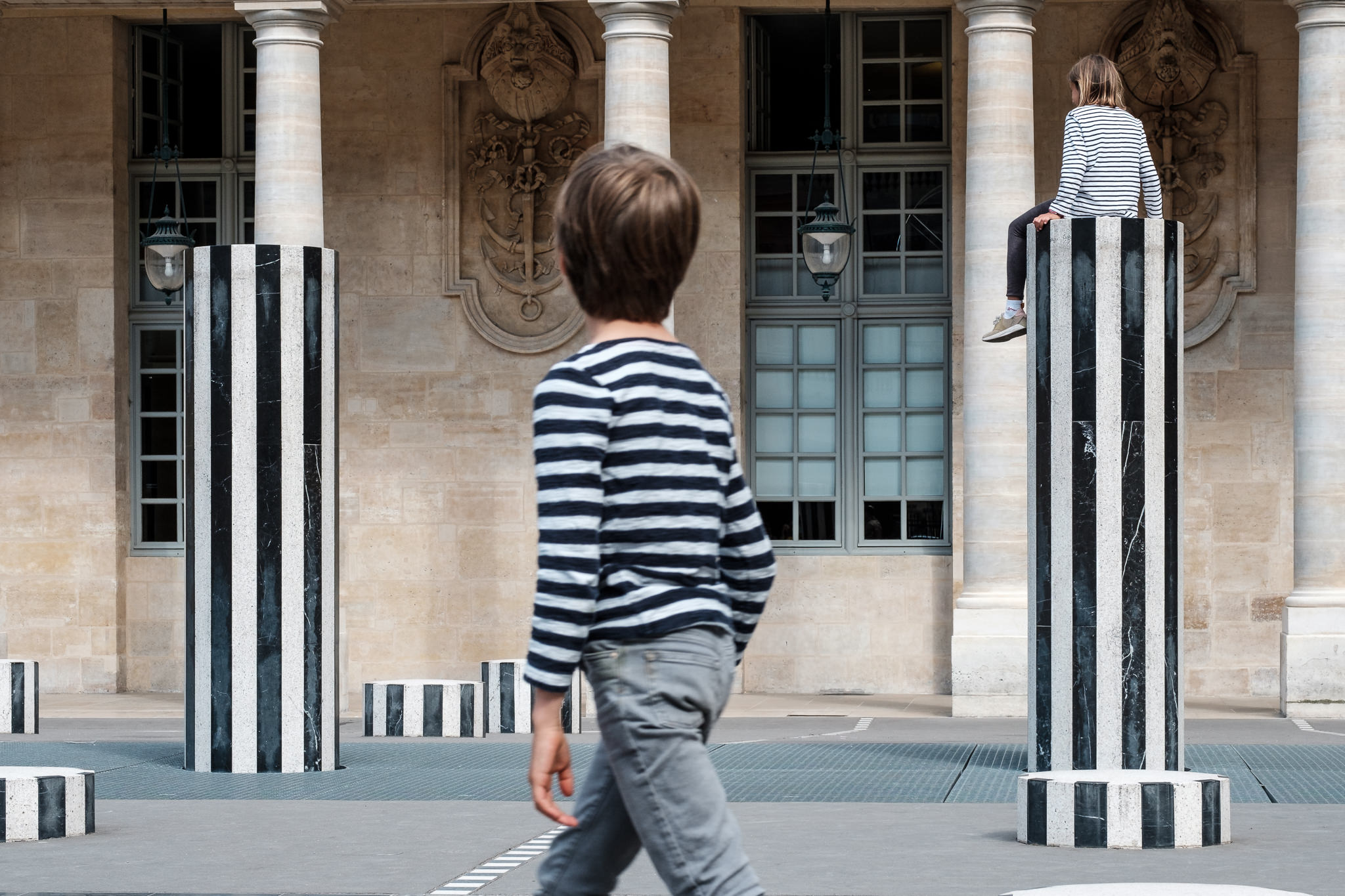Street Photographers Things To Know Before You Buy
Street Photographers Things To Know Before You Buy
Blog Article
Rumored Buzz on Street Photographers
Table of Contents7 Simple Techniques For Street PhotographersStreet Photographers Fundamentals ExplainedSome Known Details About Street Photographers 8 Simple Techniques For Street PhotographersAll About Street Photographers
Street professional photographers do not always have a social function in mind, yet they choose to isolate and capture minutes which may or else go unnoticed.Though he was affected by much of those that affected the road photographers of the 1950s and '60s, he was not mainly interested in recording the spirit of the street. The impulse to aesthetically record individuals in public started with 19th-century painters such as Edgar Degas, douard Manet, and Henri de Toulouse-Lautrec, that functioned side by side with professional photographers attempting to record the essence of urban life.
In comparison to Atget, digital photographer Charles Marville was hired by the city of Paris to produce an encyclopaedic file of Haussmann's urban preparation job as it unravelled, thus old and brand-new Paris. While the digital photographers' subject was basically the same, the outcomes were markedly various, showing the influence of the digital photographer's intent on the personality of the images he produced.
Given the great quality of his photographs and the breadth of material, architects and artists frequently got Atget's prints to utilize as recommendation for their very own job, though business passions were rarely his major inspiration. Rather, he was driven to photo every last remnant of the Paris he loved.
Some Known Details About Street Photographers
They reveal the city through his eyes. His work and basic understanding of digital photography as an art type acted as ideas to generations of professional photographers that followed. The following generation of street photographers, though they likely did not describe themselves therefore, was ushered in by the photojournalism of Hungarian-born photographer Andr Kertsz.
Unlike his peers, Brassa made use of a larger-format Voigtlnder cam with a longer direct exposure time, forcing him to be extra calculated and thoughtful in his practice than he could have been if using a Leica. (It is assumed that he may not have had the ability to pay for a Leica back then, but he did, nevertheless, use one in the late 1950s to take colour photographs.) Brassa's photos of the Paris underworld brightened by artificial light were a revelation, and the compilation of the collection that he published, (1933 ), was a significant success.
Cartier-Bresson was a champion of the Leica electronic camera and one of the very first photographers to maximize its abilities. The Leica permitted the digital photographer to communicate with the surroundings and to capture moments as they took place. Its relatively tiny dimension also helped the professional photographer discolor into the history, which was Cartier-Bresson's preferred strategy.
An Unbiased View of Street Photographers
It is as a result of this basic understanding of the art of photo taking that he is commonly attributed with discovering the tool around once again about a century because its creation. He took official source photos for even more than a half century and influenced generations of photographers to trust their eye and instinct in the moment.
These are the inquiries I shall try to address: And after that I'll leave you with my very own interpretation of road photography. Yes, we do. Let's kick off with specifying what an interpretation is: According to (Street Photographers) it is: "The act of specifying, or of making something precise, distinctive, or clear"
No, absolutely not. The term is both limiting and misdirecting. Seems like a street digital photography ought to be photos of a roads right?! And all road digital photographers, besides a little number of absolute novices, will fully value that a road is not the crucial component to road photography, and in fact if it's a photo of a road with perhaps a few dull people doing absolutely nothing of rate of interest, that's not road photography that's a photo of a street.
All about Street Photographers
He makes a valid factor don't you believe? While I concur with him I'm not sure "candid public photography" will catch on (although I do kind of like the term "candid digital photography") because "road digital photography" has actually been around for a lengthy time, with lots of masters' names attached to it, so I believe the term is here to stay (Street Photographers).
You can shoot at look these up the beach, at a celebration, in an alley, in a park, in a piazza, in a coffee shop, at a gallery or art gallery, in a city terminal, at an occasion, on a bridge, under a bridge ...
Yes, I'm afraid we scared no choice! Without policies we can not have a definition, and without a meaning we don't have a genre, and without a category we do not have anything to define what we do, and so we are stuck in a "rules interpretation category" loop!
Some Known Facts About Street Photographers.

Report this page